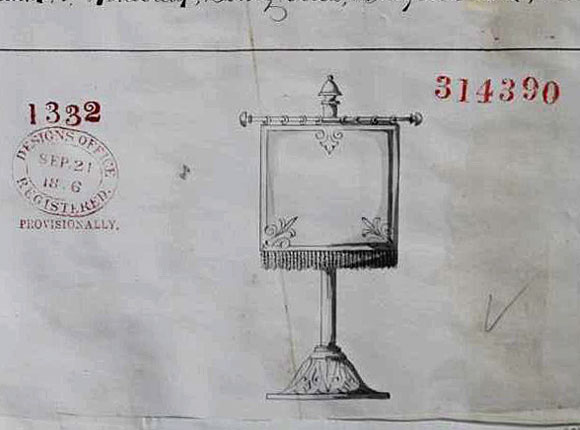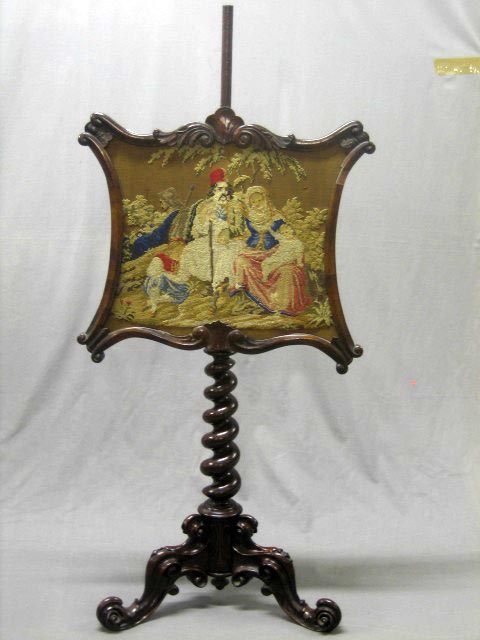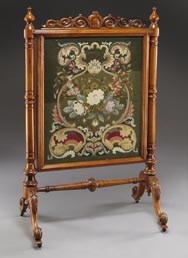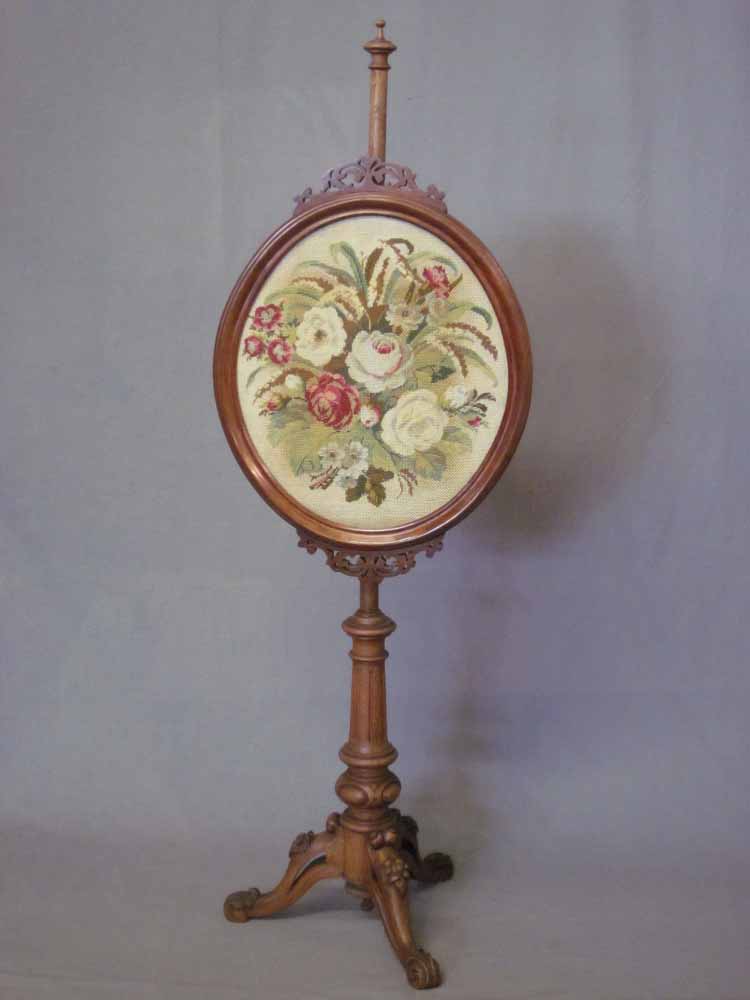Banner Screen
No example of this needle case has been found to date and it is unknown whether it was actually produced. If you have this
needle case in your possession or know of someone who has it, please contact us so that photographs of it can
be obtained and added to the this website.

Design Representation
Design Details
Needle Case Type: |
Figural |
Patent/Registered to: |
Frank J. Kendrick - Birmingham |
Patent/Design Representation #: |
Ornamental Class 1: Metal: #314390 (Provisional Design #1322 registered September 21, 1876) |
Patent/Design Registration Date: |
September 20, 1877 |
Location of Patent/Design Registration: |
The National Archives (TNA) - Kew, UK |
Reference #:
|
TNA Representation - BT 43/42/314390
TNA Register - BT 44/4/314390 |
Dimensions: |
Unknown |
Material: |
Unknown |
Name Variations: |
Unknown |
Other Variations: |
Unknown |
Facts
According to the Merriam-Webster dictionary a banner screen is defined as "a fire screen consisting of an upright pole usually mounted on a
tripod and carrying a rectangular frame covered with tapestry or needlework". Here is an example of one that was recently for sale
on eBay.

History
Fire screens were used in earlier times during the winter or colder months when homes were heated by open fires that often became quite
hot. The fire screen was placed in front of the fireplace and by adjusting the height of the screen or opening and closing side panels
one could control the amount of heat disbursed in the room. As soon as the weather became warmer, the fire screen acted as a decorative
cover over the open gap in the fireplace. Once heating stoves became popular in the 1860’s fire screens became more decorative than
useful.

Miscellaneous
Pole and banner screens were smaller screens in various shapes that were mounted on a pole that could be moved up or down to protect a
person’s face when they were sitting to close to the heat source. Usually they were made of elaborately decorated or painted wood with
embroidery or needlework. Banner screens, like the oval one below, were only popular for a short period of time during the Victorian
Period.









